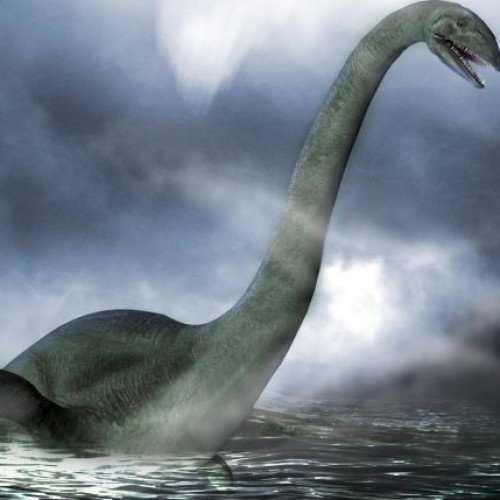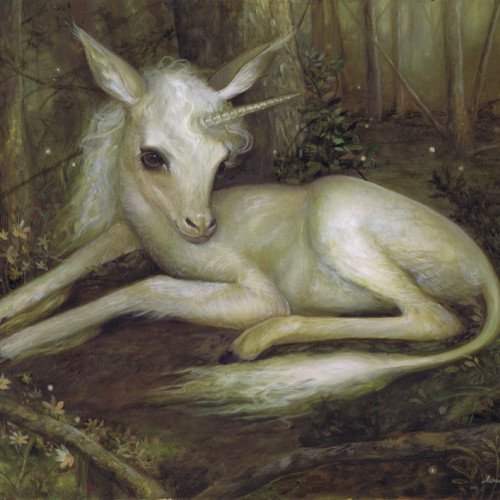Loch Ness Monster VS Abath

Loch Ness Monster
The Loch Ness Monster, or Nessie (Scottish Gaelic: Uilebheist Loch Nis), is a cryptid in cryptozoology and Scottish folklore that is said to inhabit Loch Ness in the Scottish Highlands. It is often described as large, long-necked, and with one or more humps protruding from the water. Popular interest and belief in the creature have varied since it was brought to worldwide attention in 1933. Evidence of its existence is anecdotal, with a number of disputed photographs and sonar readings. The scientific community regards the Loch Ness Monster as a phenomenon without biological basis, explaining sightings as hoaxes, wishful thinking, and the misidentification of mundane objects.
Statistics for this Xoptio

Abath
An Abath is a legendary creature resembling a unicorn, first appearing in records in the 16th century. Accounts of the Abath were brought back by 16th-century European travellers to the Malay Peninsula. Described as female, with a single horn growing from its forehead, it is speculated that these were probably the result of a half-glimpsed Javan or Sumatran rhinoceros. Like the unicorn, a powder made from this horn supposedly served both as an aphrodisiac and as an antidote to poison. However, since the unicorn was invariably represented as male, and since there was only ever one in existence at any time, the Abath seems to have developed independently from the European myths of the one-horned creature.